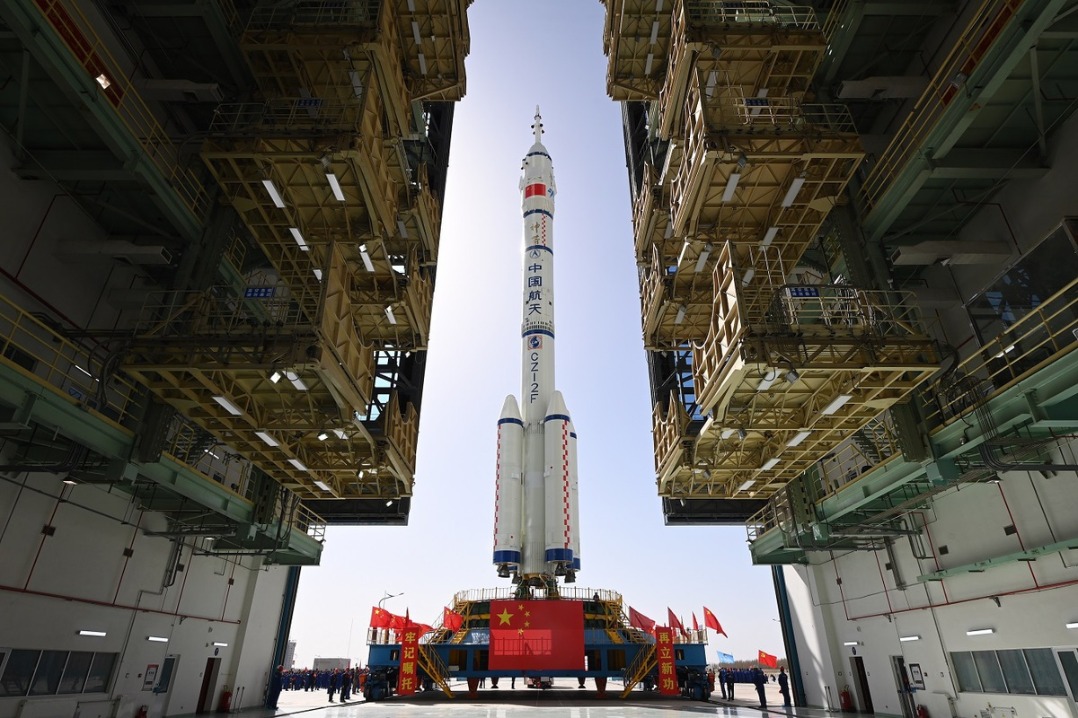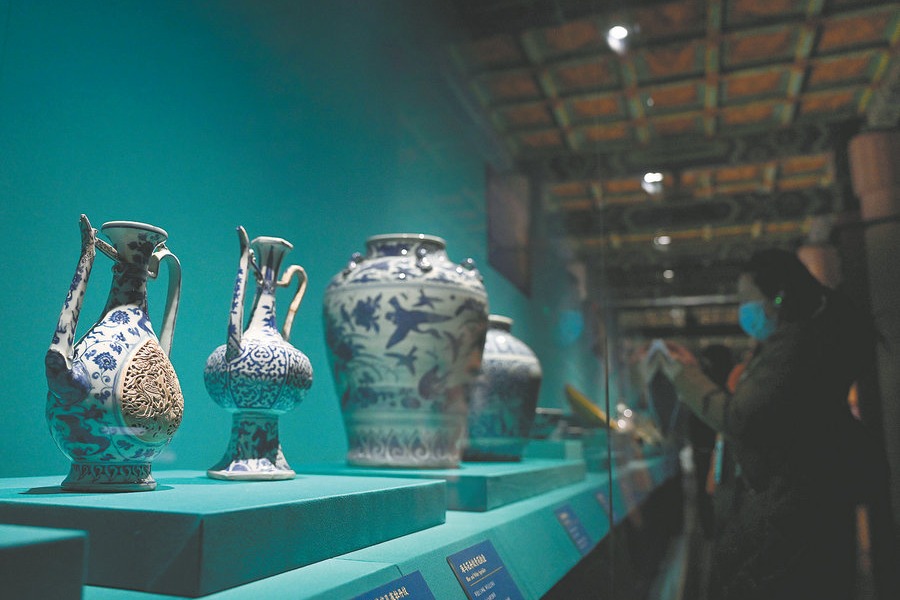'Sharp power': West gets it wrong


A new report, "Sharp Power: Rising Authoritarian Influence", published by the US International Forum for Democratic Studies has drawn global attention. Using sharp power, "which is not hard in the openly coercive sense, but not really soft either", the report says, "China and Russia have invested significant resources in media, academic, cultural, and think tank initiatives designed to shape public opinion and perceptions around the world."
It is true that as the world's second-largest economy and the largest developing country, China has become a prominent presence in the global media. In contrast to other developing countries such as India, it follows a self-selected and self-designed path of development, or "the Chinese way", and does not adhere to the well-trodden path of development communication charted by Western scholars. Development communication refers to the use of communication to promote social development.
As a Western saying goes, there are three ways of doing things in the world, the right way, the wrong way, and the Chinese way. In the past, the developed West used to set the criteria for defining right and wrong. Now, as China's discourse power has increased with its national strength, the Chinese way can be described as a creative and unique way, thanks to the Chinese leaders upholding and promoting socialism with Chinese characteristics.
So if scrutinized through the Western prism of the four theories of the press-the authoritarian, libertarian, the communist and social responsibility theories-China does not fit into any of them.
Since the 14th National Congress of the Communist Party of China in 1992 decided to make socialist market economy the development direction of the country, Chinese leaders have on numerous diplomatic occasions told foreign leaders that China does not seek to export its ideology either to the West or to the rest of the world. Instead, it would seek complementary economic cooperation.
China has witnessed the broadening of cooperation beyond economic boundaries, covering all spheres of social and cultural life. In a series of speeches in 2016 and 2017, including those at the G20 Summit and the 95th anniversary of the founding of the Party, the Chinese leadership said the country will promote the Chinese solutions as its unique contribution to world peace and development. This does not mean China is turning its back on the earlier commitment not to export its ideology.
As the theory of development communication has it, it is no longer ideology per se that is being talked about; instead, the discussion is about using pragmatic knowledge to solve practical problems and issues around the world, which means the crushing of one of the myths about development communication-that "news flow matters". To be more specific, information transfer in regard to practical knowledge has become more important than political or ideological frameworks.
Experts have often argued it is necessary to distinguish between communication for social change and development communication. First, a deeper and more cautionary analysis of the presupposition that communication equates the mass media reveals that it is not the sole starter or engine of development.
Second, economic growth does not mean social development in all aspects, not even economic development, as the latter encompasses structural changes.
And third, development communication as a concept and theoretical paradigm may not always originate in the developed West, because national independence sought by the developing and less-developed countries in the post-World War II years determined that their own peoples and leaders were in a much better position to explore and pursue their respective "correct" path to development, regardless of what role communication might play in the process.
Social change, however, is often used interchangeably with the term "development", the latter implying a linear, progressive view of social change, which is analogous to defining the concept of change as a process of continuous conditioning of society-for better or for worse.
In the contemporary Chinese context, both in bureaucratic and academic terms, development represents a progressive sense of advancing toward something better, achieving a higher goal for the common good of the people.
The reason for a "China gap" in development communication studies is two-fold. In the half century or so of research in development communication, China eluded the focused attention of Western scholars. During the decades when development communication developed swiftly in both scholarship and practice, China had little interaction with the developed world, and defined itself as one of the leading nations in the socialist bloc.
During the first two decades of reform, although communication in China shifted away from the traditional model and began promoting national development, most of the scholars interested in the subject had undergone Western academic training and thus treated it more or less within the traditional model.
It was only in the late 1970s and early 1980s that communication as a discipline of academic study started to make its way into China, and the Chinese academia's outlook on development communication was relatively immature.
To tackle the challenges and suggest a possible research agenda, several pairs of factors should be identified that could serve as main references for research in Chinese development communication. Such dichotomies require development communication planners and the media to strike a balance between each pair of factors.
The first balance required is one between preserving cultural tradition and promoting economic modernization. The second is that between promoting the socialist ideal and facilitating the implementation of a market economy policy. The third is one between protecting China's national cultural identity and promoting the globalization of the economy. And the fourth is that between projecting a positive, encouraging image of Chinese society/population, promoting a shared ideal, and maintaining objective representation of China's social reality.
The Chinese government and the people have together made great achievements in striking the right balance between these factors in recent years. A clear sense of identity-strength-mission emerges from the observation of Chinese development communication, which seeks to promote a unifying identity of each social element as part of the Chinese nation, a shared source of national spiritual strength we could draw upon, and a common destiny of national prosperity and world peace which is the mission the government and the people have taken upon themselves.
During this era of new media, the government still imposes strict regulations on orchestrating and coordinating of communication for development, working hand in hand with the media and also through organizational channels of communication. But different from past practice, contemporary communication campaigns are designed and implemented to serve pragmatic ends of national development and other desirable social changes. Such attempts at fostering development are often made through the use of role models with nationwide appeals.
The author is a professor at the School of Journalism& Communication at Xiamen University.


































